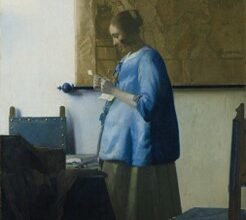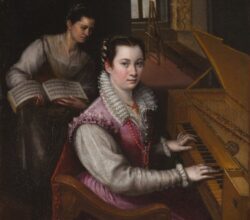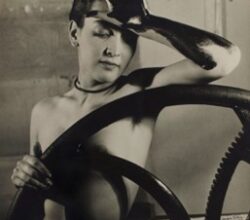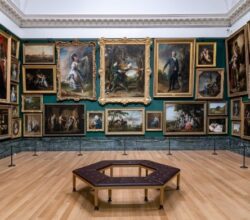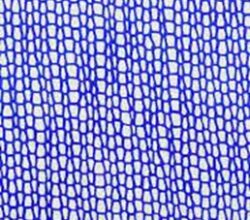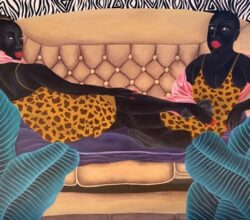
A Monumental Survey of Black Figurative Painting Exposes the Limits of Representation
Nkgpoleng Moloi | Art in America | 30th April 2023
More black faces are now seen in art. A major show at Zeitz in Cape Town surveys how a “frenzy” of contemporary black figurative art expresses “Blackness and Africanness”. What are their inherent qualities, independent of narratives about colonialism? Complicating things, there are few independent African art institutions contributing to the discussion. The show has an optimistic tone, something needed at an institution with avowed but unproven continental ambitions.

